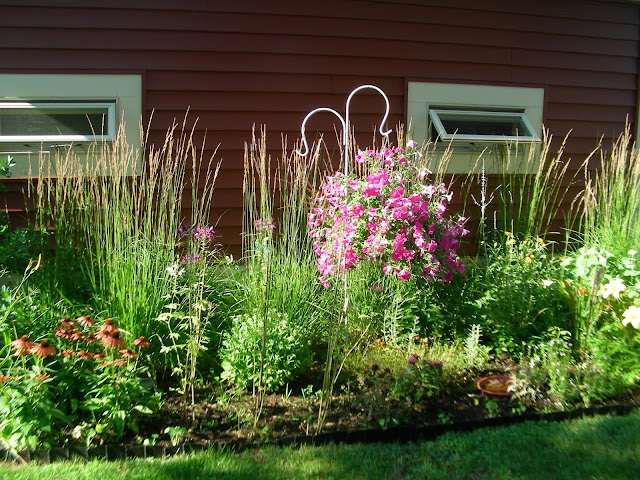Fleur de Sel
 Note: I've noticed an increase in questions from readers recently, just as I did last year at this time. Must be the cold weather or the holidays - everybody is cooking! In order to make French Kitchen in America a bit more reader friendly, I'm beginning a randomly occurring feature that will answer reader questions. Sometimes, as below, some Real Food Expert has already answered the questions, so I'll also post a link.
Note: I've noticed an increase in questions from readers recently, just as I did last year at this time. Must be the cold weather or the holidays - everybody is cooking! In order to make French Kitchen in America a bit more reader friendly, I'm beginning a randomly occurring feature that will answer reader questions. Sometimes, as below, some Real Food Expert has already answered the questions, so I'll also post a link.How do you use fleur de sel?
High-blood pressure runs in my family so I use salt sparingly. A container of Morton's, for example, lasts for years and is usually put to work as gargle when I have a bad sore throat.
On the other hand, I love sea salt, harvested by evaporating sea water until only the salt remains. I use these coarse grains judiciously: A jar lasts forever. (I am still using a container of salt from the Camargue, a gift from Lucy a year or so ago.) It is vastly superior to regular old table salt in every way.
Fleur de sel is a type of sea salt that is hand harvested from the surface cyrstals on a salt evaporation pond. It tastes of the sea.
About four years ago, my local grocery store began stocking fleur de sel. Recently the store added a complete line of sea salts from around the world that come in a variety of colors from salmon to charcoal to white and in an equal array of textures.
One of the best essays on fleur de sel comes from David Lebovitz, perhaps best known for his chocolate and ice cream expertise and his hilarious take on life in Paris. Read it here.
I use sea salt or fleur de sel whenever table salt is called for in a recipe, but I tend to use less. The experts tell you not to use it before cooking, but I have and have not tasted any unwelcome results. But then, as I said earlier, I never use very much.
I also add it to roasted vegetables, scrambled eggs and omelets, and use it as a rub for meats, especially steaks.
You can buy fleur de sel mixed with herbes de Provence. I always use this to remove water from eggplant before making ratatouille.
The salt in the photo below is blended with basil and Parmesan cheese, which gives it an earthy, almost medicinal, flavor. I also have a bottle of fleur de sel that is blended with sea weed; I use a small amount of this when I bake salmon.
For me, it only takes a few grains. Each one is a gift for the taste buds.



Comments
For those of you that don't have access to sea salt - try Kosher salt - it has a similar texture to sea salt.
Yes, Judy, sea salt with lemon zest is amazing! My blood pressure is under control, so I guess it's not hurting me.
Kalyn, I swear one or two grains will do the trick.
Jann, I did see that, and I meant to mention it, but my memory is going, I think.
Andrea, I was given some Kosher salt by a friend, and that is also very good - your ar correct.
Trish
I definitely agree about the flavor - I am strictly a fleur de sel person now.
Chris, I agree, the texture is part of the allure..,
For cooking, I always use coarse-grain kosher salt. After years of having lovely, low blood pressure, it's starting to creep up and I too have to cut back on my sodium intake. Such a bummer!
Great idea for a new feature, Mimi! I'm sure lots of readers will find it helpful and/or inspiring--me included.
TerryB, I had the same thoughts - I have not used Morton's for years. I do use some prepared foods, though, but never salt them. So, I guess I should use Morton's once in a while...